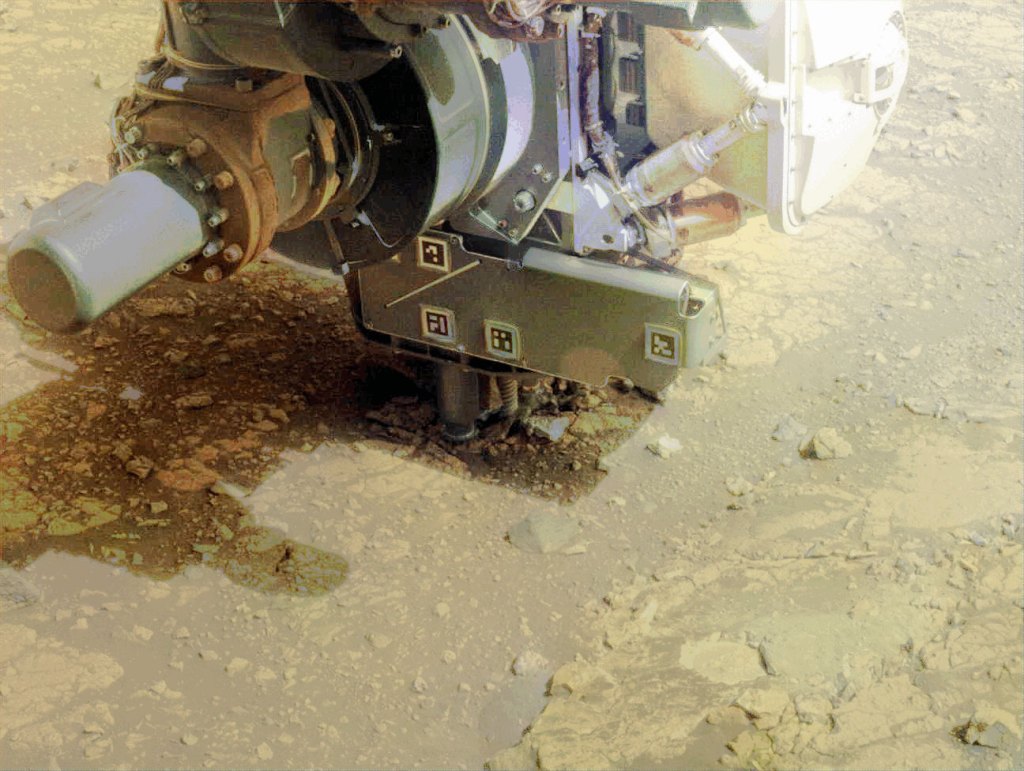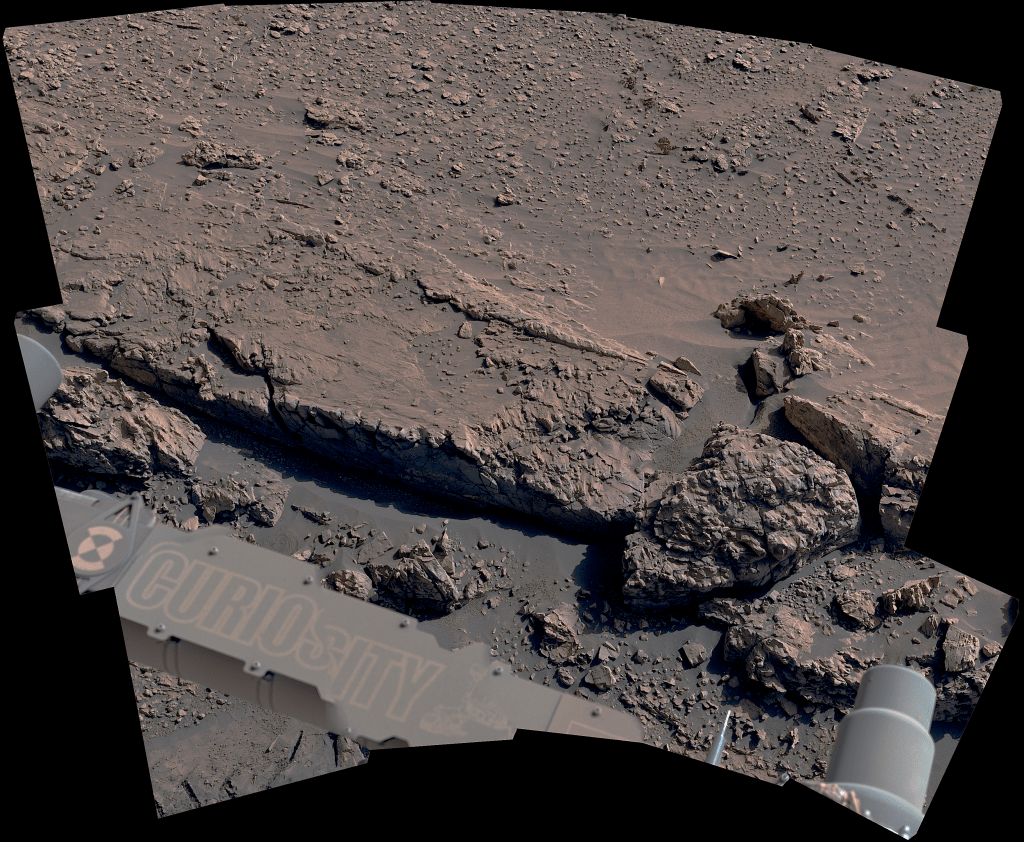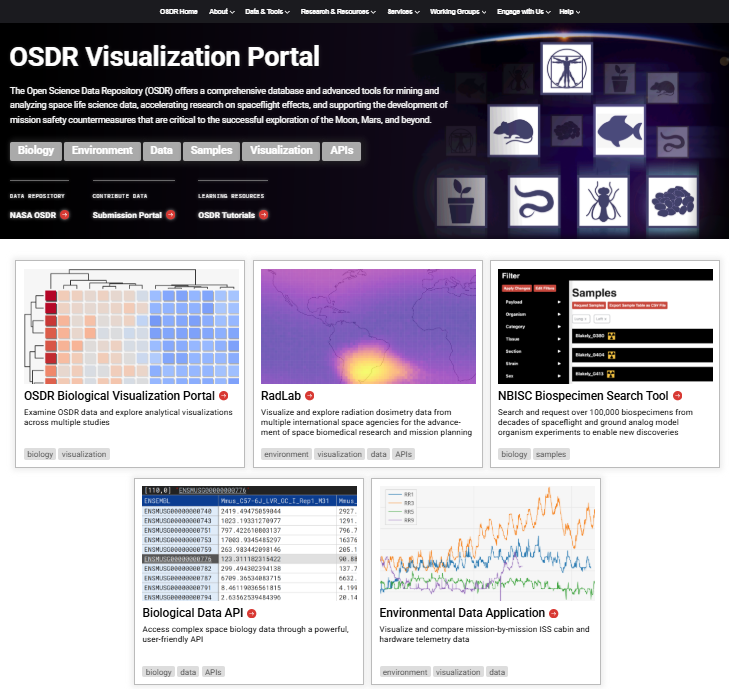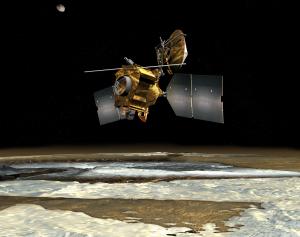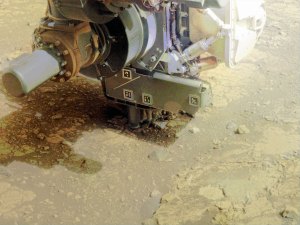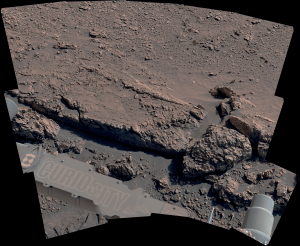Cassini Significant Event Report
For Week Ending 02/14/03
The most recent spacecraft telemetry was acquired from the Madrid tracking station on Wednesday, February 12. The Cassini spacecraft is in an excellent state of health and is operating normally. Information on the spacecraft's position and speed can be viewed on the "Present Position" web page.
Instrument activities for C35 came to a close with Radio and Plasma Wave High Frequency Receiver calibrations and high rate observations, execution of the Cosmic Dust Analyzer (CDA) flight software (FSW) checkout mini-sequence, and powering off of the instruments in anticipation of the start of C36 and the ACS and CDS flight software checkouts. All instruments except for the Visual and Infrared Mapping Spectrometer (VIMS) powered off via background sequence commands. VIMS will stay powered on but in sleep mode and muted. The Ka-band translator also remains powered on, and the remote sensing pallet heater was turned on due to VIMS entering sleep mode. The CDA FSW checkout activity executed nominally. The new FSW was loaded from the non-default SSR partition and the various thresholds/voltages/data rate/read-out queue/SEL protection parameters set up properly. The instrument was successfully articulated and left in a measurement position at the end of the checkout. Science and housekeeping data packets and test pulses were received as expected. CDA also articulated to a safe position in preparation for the C36 FSW checkouts and Trajectory Correction Maneuver 19 in C37.
Spacecraft activities prior to the conclusion of C35 included the uplink of real-time commands to provide information and set parameters in anticipation of the ACS/CDS FSW checkouts. Commands included CDS clear error logs, CDS set ACS global variables to zero for ACS flight computer swap during ACS FSW loading, memory readouts of the flight software partitions, a readout of ACS reaction wheel assembly slow speed accumulation statistics, and uplink of the C36 SSR Management background sequence. ACS also executed commands in the background sequence to move the spacecraft to a new waypoint in preparation for the FSW checkout phase.
C36 began execution on Saturday. Initial activities included uplink of ACS FSW and CDS FSW to the Solid State Recorder, and memory readouts of the ACS and CDS FSW partitions.
Instrument Operations internal testing has begun for an engineering version of EKGEN. EKGEN is the operator-interface component of the Events Kernel system planned for delivery in September of 2003. EKGEN will be used to create EKernels from a sequence Predicted Events File, and will publish the results to the Distributed Object Manager (DOM) using conventional DOM standards.
Data acquisition statistics from the recently concluded Radio Science Gravitational Wave Experiment #2 (GWE) are now available. They confirm a highly successful, around-the-clock operations period lasting 40 days. Much of the success was due to excellent support from the Deep Space Network. Of the X-band uplink/Ka-band downlink data expected at DSS-25 in Goldstone, California, 93% was acquired. Much of the missing data is attributed to the X-band transmitter tripping problem. Of the Ka-band uplink/Ka-band downlink data expected, 95% was acquired. Of the coherent X-band data expected, 93% was acquired. Of the coherent X-band data expected at DSS-45 in Canberra, Australia, 95% was acquired. Finally, of the coherent X-band data expected at the Madrid DSS-65, DSS-54, and DSS-63 facilities, 99% was acquired.
The port 1 reports from Uplink Operations and the Spacecraft Operations Office are now available on the C37 Science Planning website. Official DSN allocations were delivered for the first three weeks of C37. Requested passes have been confirmed so changes are not expected to the time ordered listing. The remaining passes to be assigned for the sequence should be verified by the end of the week.
The second official input port occurred for Science Operations Plan implementation for tour sequences S15/S16. The products are being merged and processed and will be handed off to ACS for the end-to-end pointing validation. The first preliminary input port also occurred for implementation of S17/S18. The products are being merged and reviewed for fidelity. The official port is scheduled for February 24, 2003.
Additional information about Cassini-Huygens is online at http://saturn.jpl.nasa.gov.
Cassini will begin orbiting Saturn on July 1, 2004, and release its piggybacked Huygens probe about six months later for descent through the thick atmosphere of the moon Titan. Cassini-Huygens is a cooperative mission of NASA, the European Space Agency and the Italian Space Agency. JPL, a division of the California Institute of Technology in Pasadena, manages the mission for NASA's Office of Space Science, Washington, D.C.
Media Relations Office
Jet Propulsion Laboratory
California Institute of
Technology
National Aeronautics and Space
Administration
Pasadena, Calif. 91109.
Telephone (818) 354-5011











